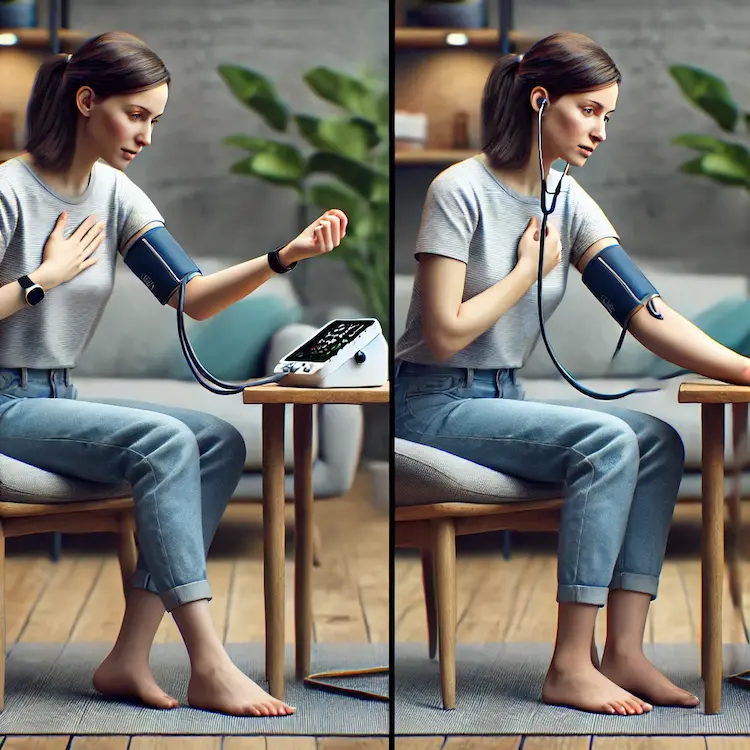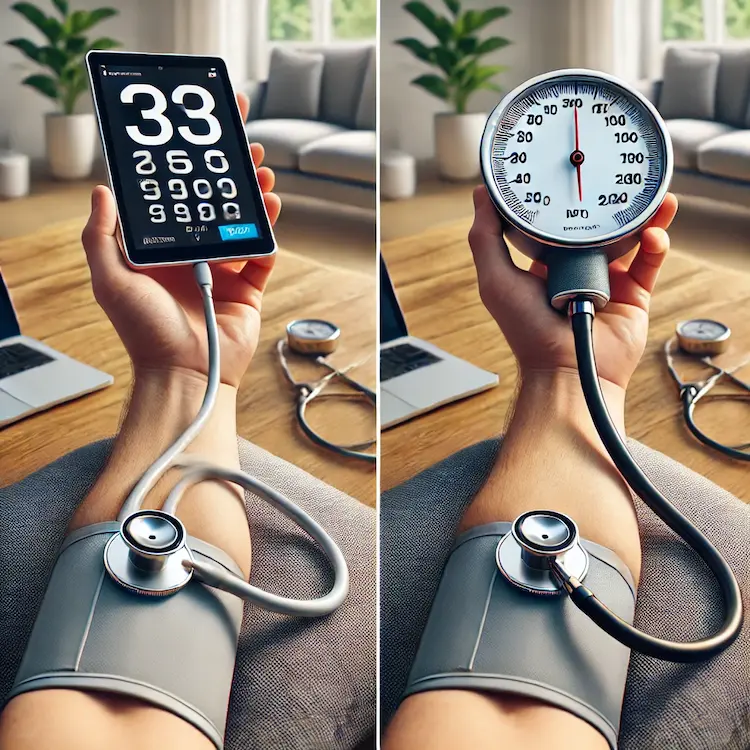Accurate blood pressure monitoring is crucial for diagnosing and managing hypertension, heart disease, and other cardiovascular conditions. A sphygmomanometer (often called a “sphyg”) is the primary tool for blood pressure measurement. However, improper use can lead to inaccurate readings, affecting medical decisions and patient health.
This guide will walk you through the correct use of a sphygmomanometer, compare different types of blood pressure monitors, and offer best practices for obtaining precise measurements. Whether you are a healthcare professional, a caregiver, or an individual monitoring your own blood pressure, following these steps will help ensure accurate readings.
Blood pressure readings guide medical decisions related to heart disease, stroke prevention, and hypertension treatment. Inaccurate measurements can lead to:
According to the World Health Organization (WHO), nearly 1.28 billion adults worldwide have hypertension, but only 42% are diagnosed and treated. Many misdiagnosed cases result from improper blood pressure measurement techniques.
Several factors can cause incorrect blood pressure readings, including:
Understanding these factors helps in obtaining reliable readings.

There are three main types of sphygmomanometers, each with different usage methods and levels of accuracy:
| Type of Sphygmomanometer | Description | Pros | Cons |
|---|---|---|---|
| Mercury Sphygmomanometer | Traditional device with a mercury column | Highly accurate, no need for recalibration | Bulky, hazardous due to mercury |
| Aneroid Sphygmomanometer | Uses a mechanical dial with a pressure gauge | Portable, more affordable | Requires frequent calibration, prone to human error |
| Digital Sphygmomanometer | Electronic device with automatic inflation and digital display | Easy to use, ideal for home monitoring | Less accurate in patients with irregular heartbeats |
Among these, mercury sphygmomanometers are considered the gold standard for accuracy, but due to mercury regulations, they are being phased out in favor of aneroid and digital models.
To obtain accurate blood pressure readings, follow these steps:
For digital devices, simply press start, and the machine will automatically inflate and deflate the cuff.
| Mistake | Impact | Solution |
|---|---|---|
| Using the wrong cuff size | Over- or underestimation of BP | Use the correct size for the arm circumference |
| Incorrect arm position | False high or low readings | Keep the arm at heart level |
| Moving or talking | BP may increase | Stay still and silent during measurement |
| Taking only one reading | Single readings may be inaccurate | Take at least two readings and average them |
To ensure reliable blood pressure monitoring:
Accurate readings help detect hypertension early, reducing the risk of:
Early diagnosis lowers medical expenses related to hospitalizations and long-term treatments.
With the rise of telemedicine, at-home BP monitoring provides critical data for doctors, improving remote patient care.

Using a sphygmomanometer correctly ensures accurate blood pressure monitoring, helping to detect and manage hypertension effectively. Proper technique, the right cuff size, and avoiding common errors significantly enhance accuracy. Regular monitoring, whether at home or in a clinical setting, is essential for cardiovascular health.